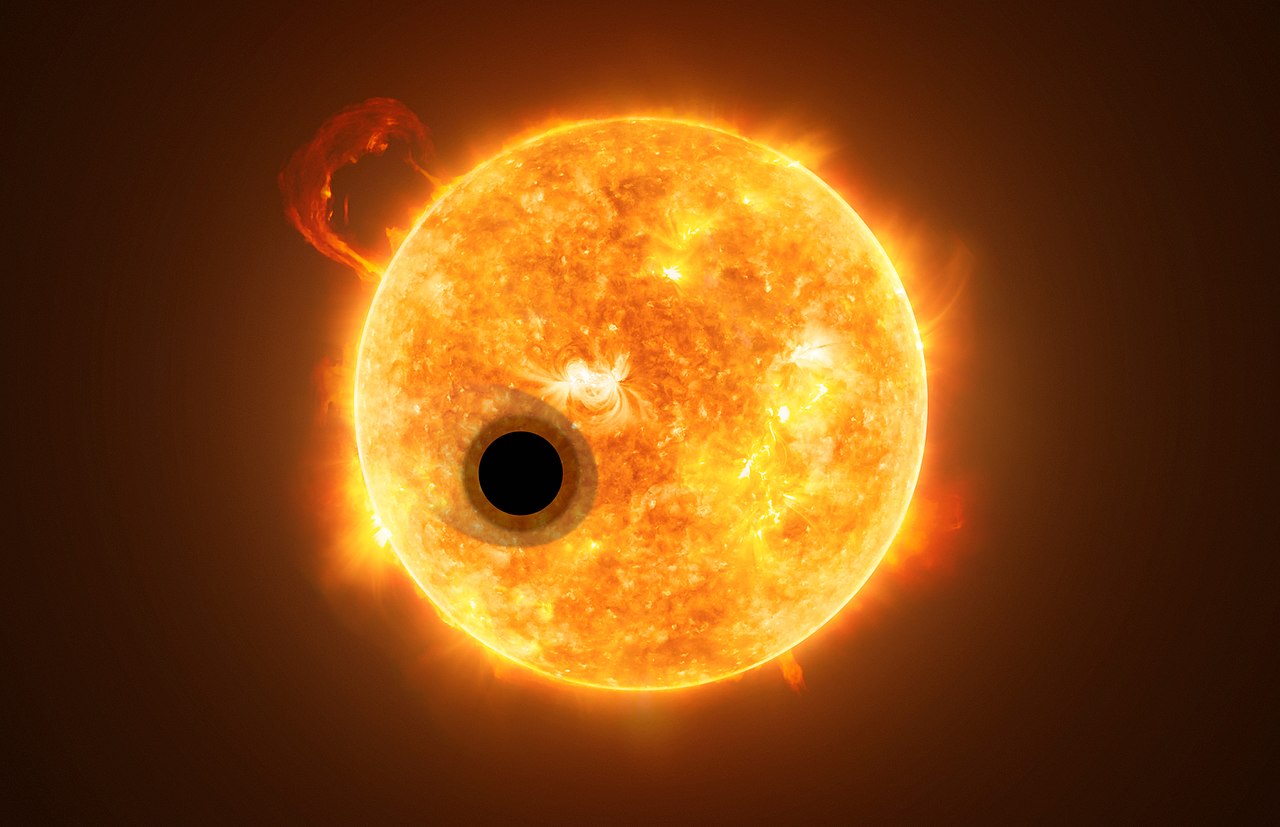A new study reveals that a planet 200 light-years away has strange clouds of sand high in its atmosphere.
Although the James Webb Space Telescope spends most of its time observing distant parts of the early universe, when galaxies were forming, it also spends a lot of time focusing on objects closer to us, according to Space.com website From his report.
Based on observations from the James Webb Space Telescope, a group of European astronomers has mapped a detailed map of the atmospheric composition of the nearby “crusty” exoplanet called WASP-107b. The researchers found water vapor, sulfur dioxide and even clouds of silicate sand in the exoplanet’s dynamic atmosphere. The new study may also have implications for understanding the chemistry of distant planets.
The exoplanet WASP-107b is one of the least massive planets known to astronomers, and is sometimes compared to a comet. The planet is roughly the size of Jupiter, but its mass is only 12%. WASP-107b is located about 200 light-years from Earth and orbits its star, which is slightly cooler and less massive than our Sun, in just six days.
Is there an alien planet?
The planet’s low density allowed astronomers to delve 50 times deeper into the planet’s atmosphere than observations made for denser planets like Jupiter.
The initial discovery of sulfur dioxide surprised astronomers. This is because WASP-107b’s parent star emits a relatively small fraction of high-energy photons, making the planet smaller and cooler than average. However, the planet’s low density means that these photons could penetrate deep into WASP-107b’s atmosphere and trigger chemical reactions there to form sulfur dioxide.
In addition to sulfur dioxide, astronomers have also detected high-altitude clouds composed of fine silicate particles, which are essentially fine-grained sand.
Researchers assume that sand clouds are formed in a similar way to water vapor and clouds on Earth, only from sand droplets. When raindrops condense and fall, they collide with very hot layers in the interior of the planet, where they turn into silicate vapor, and then return to the upper layers, where they condense again and form clouds again.
“The James Webb Space Telescope is revolutionizing the characterization of exoplanets, providing unprecedented insight at remarkable speed,” said Lyne Dessen of the Catholic University of Leuven in Belgium.
The discovery of clouds of sand, water and sulfur dioxide on this exoplanet is a major milestone. It changes our ideas about the formation and evolution of planets and sheds new light on our solar system.
The observations were made using JWST’s mid-infrared instrument (MIRI), a spectrometer that can probe planetary atmospheres at mid-infrared, or temperature-sensitive, wavelengths.
Worth reading:












































